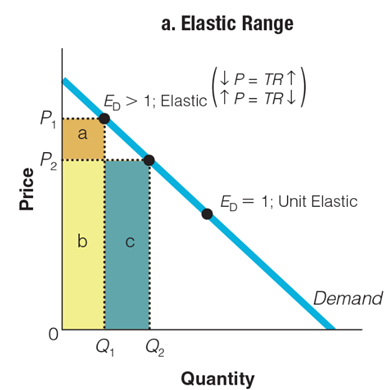Suppose expected inflation and actual inflation are both relatively high, and unemployment is at its natural rate. If the Fed then pursues a contractionary monetary policy, which of the following results would be expected in the short run?
a. Expected inflation would exceed actual inflation, and unemployment would exceed its natural rate.
b. Expected inflation would exceed actual inflation, and unemployment would be below its natural rate.
c. Actual inflation would exceed expected inflation, and unemployment would exceed its natural rate.
d. Actual inflation would exceed expected inflation, and unemployment would be below its natural rate.
a
You might also like to view...
Working with the life-cycle hypothesis, we find in a cross-section study of consumption that as income rises there is a growing proportion of ________ people and thus a ________ saving ratio
A) retired, rising B) retired, falling C) working, rising D) working, falling
Governments typically exercise moral judgment in levying excise taxes
Indicate whether the statement is true or false
The average benefit of n units of an activity is the:
A. total benefit of n units divided by n. B. extra benefit from carrying out one additional unit of the activity. C. n times the total benefit of n units. D. n divided by the total benefit of n units.
How does this graph show an increase in total revenue?

a. Area a is larger than area c.
b. Area b is larger than area a.
c. Area c is smaller than area b.
d. Area b is equal to area a.